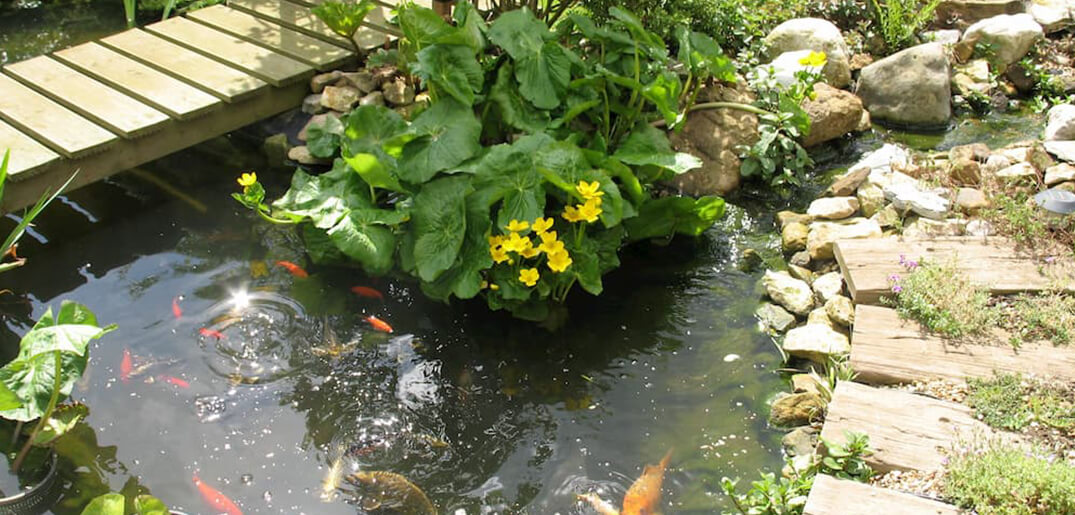If you have a pond full of fish, plants, and other living things, it is unlikely that you can get by without at least occasionally cleaning your pond thoroughly. Though as pond owners we may take great pains to create a balanced ecosystem so that the pond life can thrive, we do also have to be careful of the pond getting dirty from fallen leaves, aglae buildup, or any other kinds of factors that may contribute to a koi owner’s nightmare – an accumulation of muck and sludge at the bottom of the pond, making the pond look ugly and creating an unhealthy environment for the precious koi fish. Learn about pond conditioning and how you can take steps towards a crystal clear pond.
Using Pond Conditioner On Your Pond
Healthy hair needs conditioner – so do healthy ponds. Natural pond conditioners are excellent at safely cleaning water, removing impurities, and reducing sludge at the bottom of the pond. They contain healthy bacteria and enzymes which will start working once in contact with the water, to bring clarity back to your pond water and combat the muck that is lying below. These are completely safe to use, unlike certain herbicides and algaecides which contain chemicals that can harm your precious and expensive pond fish. You can purchase a variety of pond water treatments online, in liquid form, gel form or even a pond bomb, depending on your preference.
Dye Your Pond Water
It may seem an odd concept to dye your pond water, but it is actually quite beneficial to your pond. Pond dye actually makes the water surface look good by creating a mirrorlike effect on the surface, which reflects the surrounding flora beautifully. Not only that, but the dye helps to inhibit the sun’s rays from penetrating deeply into the pond, which helps to reduce water temperature and keep the pond cool, as well as inhibit growth of algae due to lack of sunlight, thus taking care of one of the main causes of a murky, dirty pond. You can buy pond dye in concentrated form which is safe to use for pets, wildlife, people, and of course, your pond fish.
Limit Pond Vegetation
You want some plant growth in and around your pond – but not too much. Too much vegetation can deplete the pond water of oxygen. However, some of the right kinds of vegetation is also needed to help produce oxygen, so there must be a balance of plants and also careful selection involved. Avoid using chemicals such as herbicides and algicides to cut down your surrounding pond vegetation. The best way to remove unwanted vegetation is to physically do so with a simple weed cutter and rake. Doing so helps minimize the amount of organic matter that decays and accumulates at the pond bottom, as well as reduce nutrients in the water which encourages algae and weed growth. You may also have the option to add Amurs, a type of fish which are effective in eating away vegetation, to your pond to help with the load.


 Blog
Blog



